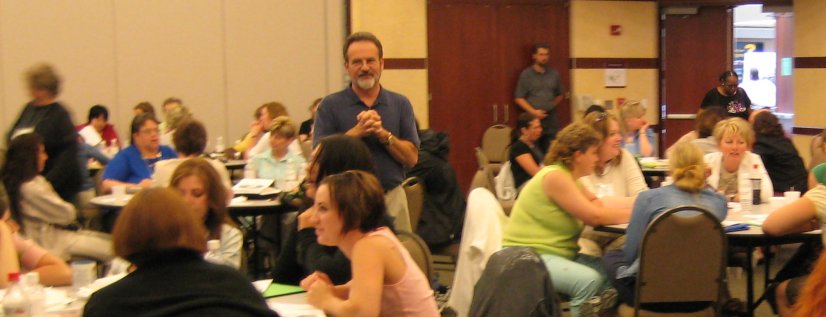
A few areas Dr. Steele covers
in school and agency training:
Schools (Trauma Certification Available)
School Crisis/Trauma Teams
Team preparedness, the "Manual," time-specific recovery interventions, crisis intervention, support for the most exposed, staff support/processing. Team briefings, critical considerations, use of social media, readiness protocols,roles and responsibilities, what past events have taught us- schools in Manhattan after 9/11, in Houston after Katrina, Sandy Hook Elementary and others, suicide intervention/post-vention, sudden death of students /staff, killing of staff, hundreds of "what if ..." questions involving administrators, parents, counselors/social workers/psychologists, teachers, other staff and community members, helpful checklists/disposition forms, memorials, classroom presentations, differences in reactions to suicide vs. homicide, the days, weeks and months that follow.
 Teacher/Classroom Practices
Teacher/Classroom Practices
in Trauma-Informed Schools
Impediments to learning and regulating behavior of students in the classroom -worry, fear, anxiety, depression, trauma; American Fear Survey, ACE study, minimum of 4 ACE's without trauma specific interventions as predictor of at- risk adolescent/adults, school drop outs.
The Anatomy of Fear, sympathetic (gas pedal)- parasympathetic (brake pedal) nervous system responses, hyper/ hypo arousal, regulation /dysregulation, reptilian brain (primal behaviors), midbrain-limbic region (feeling brain- emotional dominance), upper brain-cortex region, frontal cortex (thinking brain), corpus collasum- connector between right/left hemispheres, implicit versus explicit memory- iconic symbolization (symbolic memories defining view of self, others, the world-fear based), sensory integration/processing, neuroplasticity, repetition, building new neural pathways, talk is limited, direct transmission versus constructivists approach to teaching, mindsets "Not what's wrong with you, but what are we not doing right?" and happy kids learn.
Behaviors can be misleading, subjective experiences matter, private logic, experience- thoughts- behaviors; to change the behavior-change the experience; attachment, co-regulation/mirror neurons; non-verbal connections, S. O. F. T. E. N. (Smile, Open posture, lean Forward, Touch/space, Eye contact, Nod), seven micro- expressions, brief moments versus time out, de-escalation strategies, sandwich technique, transitions, from least restrictive to most restrictive classroom interventions, choices, PBIS, leaders will, staff will ...
Classroom environmental sources supportive of learning (light, sound, color, seating options, seating arrangements, the walls, clutter, regulation materials like fidgets, etc., safe corner, resource room, the exit) the "unschool" approach, core values of respect, cooperation/ collaboration and generosity /oxytocin; stimulating/ calming activities in daily classroom schedule, self-care, Monday through Friday strategies, compassion fatigue, vicarious trauma.
 Trauma Certification Available
Trauma Certification Available
Trauma-informed principles and practices, the environment matters, the experience matters, experiences shape our thoughts-our thoughts drive our behaviors (private logic), curiosity as the cornerstone of empathy and necessary for trauma integration, integrating curiosity into the treatment process, repressive coping, common subjective experiences of trauma, the benefits of structured drawing processes and other self-expressive modalities, the Anatomy of Fear, sympathetic (gas pedal)- parasympathetic (brake pedal) nervous system responses, hyper/ hypo arousal, regulation /dysregulation, reptilian brain (primal behaviors), midbrain- limbic region (feeling brain-emotional dominance), upper brain-cortex region, frontal cortex (thinking brain),
corpus collasum- connector between right/left hemispheres, implicit versus explicit memory-iconic symbolization (symbolic memories defining view of self, others, the world-fear based), sensory based approaches, sensory integration/processing, neuroplasticity- repetition builds new neural pathways, why talk is limited, when talk fails, titration, Brief moments/ interventions, what makes sense to the survivors world, teachable moments, secondary wounding, self-induced wounding, attachments and relational interventions, the body as a resource, reframing, neuroscience, mindfulness, resilience, posttraumatic growth and trauma integration.
For further information, contact Dr. Steele at:
DrBillSteele12@gmail.com